Tourist Attractions in Gimje
*The information below is from the Gimje City Cultural Tourism website. For more information, please visit the website.
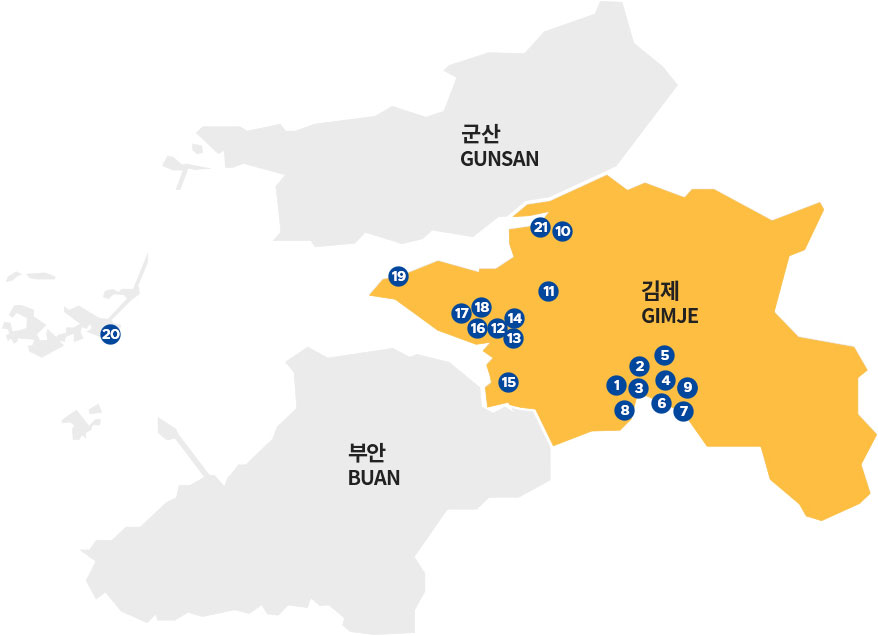
- 1 Geumsansa Temple
- 2 Gwisinsa Temple
- 3 Geumsan Church
- 4 Jeungsan Beopjong Headquater
- 5 Dongsimwon
- 6 Geumpyeong Reservoir
- 7 Suryu Catholic Church
- 8 Wonpyeong Jipgangso
- 9 Moak Land
- 10 Local Land
- 11 Gimje-gun Gwana and Hyanggyo
- 12 Byeokgolje Reservoir
- 13 Jo Jung-Rae Arirang Literature Museum
- 14 Arirang Literature Village
- 15 Hashimoto Farm
- 16 Hakseong Village School
- 17 Mangyeong Neungje
- 18 Masayuki Mizuno Tree House
- 19 Manghaesa Temple
- 20 Saemangeum Seawall
- 21 Cheongunsa Temple (Haso Baeknyeonji Reservoir)
-
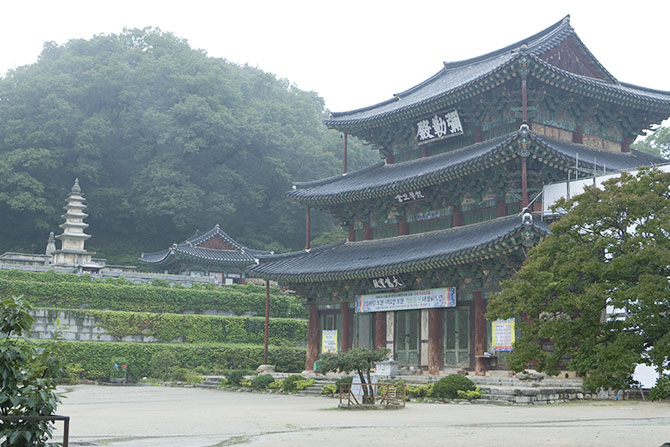
Geumsansa Temple
Geumsansa Temple, founded in 599 (King Beob of Baekje), is designated as National Treasure No. 62, which houses Maitreya Hall, with the largest Buddha Statue in the East as well as 10 sub-national treasures. It is also the filming location of "Emperor Wang Gun" and "Two Days and One Night", and you can experience temple stay and tea ceremony. It is one of the 33 most beautiful temples in Korea'' selected by CNN in 2020.
- Tel
- 82-63-467-0815
-
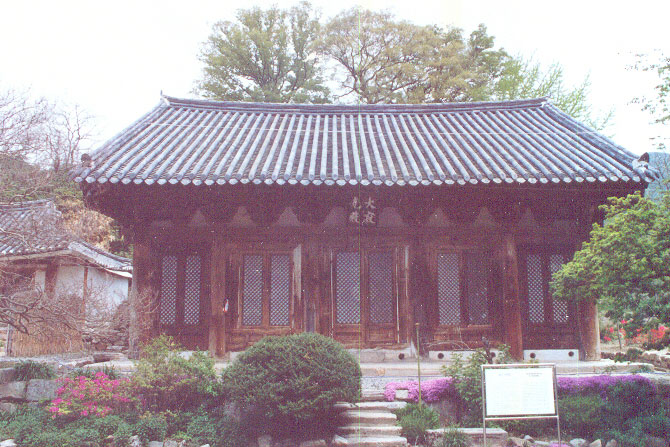
Gwisinsa Temple
In addition to Daejeokgwangjeon, designated as sub-national treasure No. 826, there are a number of tangible cultural properties such as a stone pagoda, memorial stupa, etc., and it is also the main backdrop of Yang Gwija's novel "Hidden Flower". The tranquil yet cozy atmosphere provides a quiet rest for those visiting the temple.
- Tel
- 82-63-548-0917
-
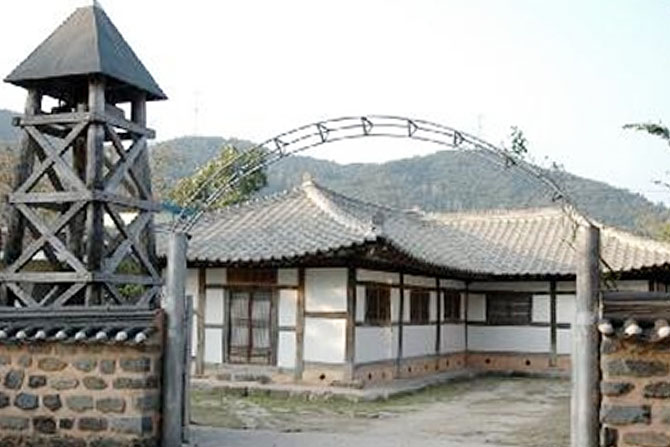
Geumsan Church
Geumsan Church located near Geumsansa Temple was established in 1905 and moved to its current location in 1908. It is the only church that maintains "ㄱ" shape, the initial shape of the Korean church buildings, which is the influence of Confucianism that enforced spatial gender segregation.
- Tel
- 82-63-548-4055
-
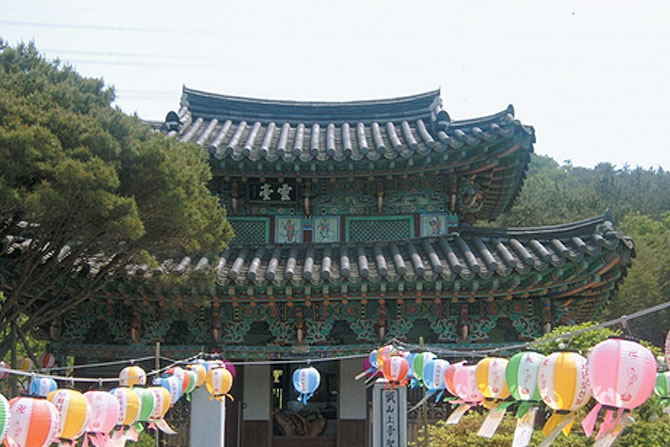
Jeungsan Beopjong Headquarter
Jeungsankyo is a comprehensive term for the various denominations established by people who followed the teachings of Jeungsan Kang Il-soon. The Jeungsanbeop Religious Headquarters was formed in 1949 when the tomb of the priests of Jeungsan-do, Kang Il-soon and his wife Gang Jeungsan was sealed, and Yeongdae and Samcheongjeon grave precepts are registered cultural properties No. 185.
- Tel
- 82-63-543-0265
-
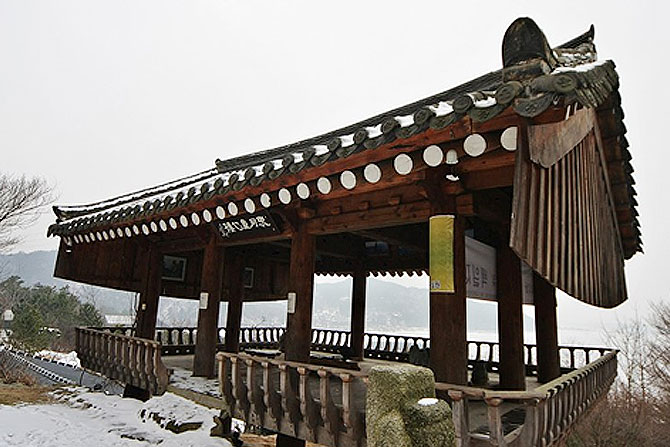
Dongsimwon
Dongsimwon, a small park located on Jebisan Mountain next to Geumpyeong Reservoir in front of Jeungsan Bridge, held its opening ceremony on the 3rd day of March on the 1994 lunar calendar (April 13 in the solar calendar at the time). The year 1994 marks the 100th anniversary of the Donghak Peasant Revolution. And April 13th is the anniversary of the establishment of the Korean Provisional Government in Shanghai under the former Japanese rule.
-
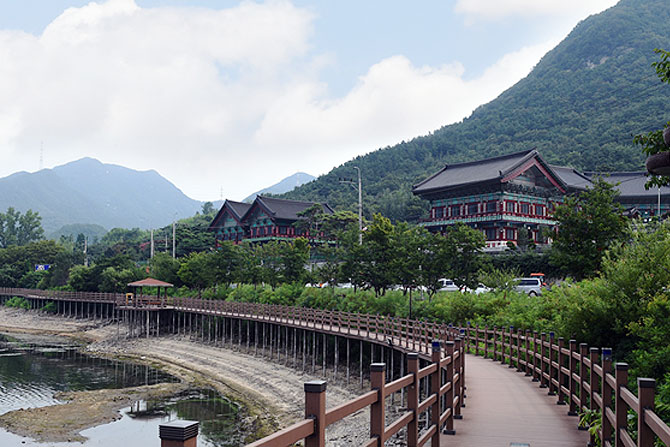
Geumpyeong Reservoir
Constructed in 1961, Geumpyeong Reservoir does not dry out no matter how dry thanks to the water coming down from Moaksan Mountain. The waterside walking trail of Geumpyeong Reservoir with beautiful natural scenery attracts many tourists.
-
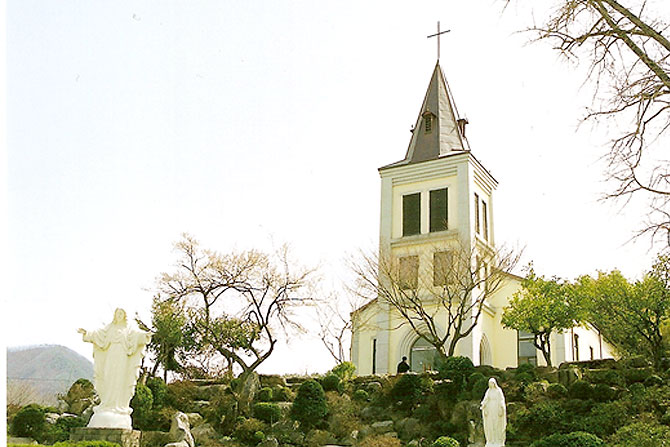
Suryu Catholic Church
Suryu Catholic Church is one of the three churches in the Honam region in the 1890s, boasting a long history and priests who studied there. The 90% of the inhabitants make up a Catholic village. It is the filming location of the movie "Boreal Summer"
- Tel
- 82-63-544-5652
-
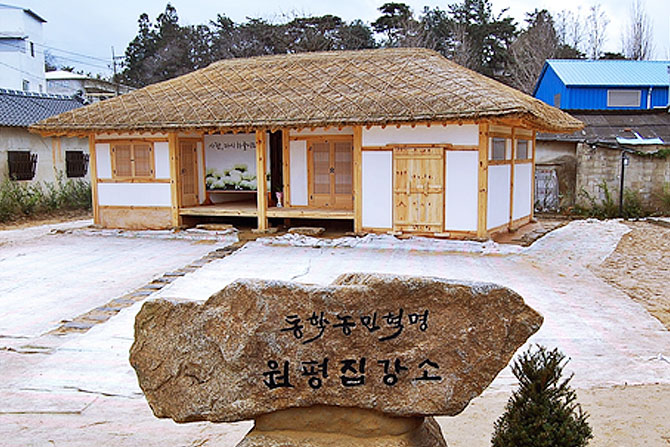
Wonpyeong Jibgangso
It was a self-governing community of peasants, and Wonpyeong Jibgangso is the only remaining jibgangso building. At that time, Dongloggae, formerly of the untouchable Baekjeong class, dedicated the building to General Kim Deok-myeong, the leader of Wonpyeong, asking to "create a world without discrimination." With the continued efforts by Kimje City and the Donghak Peasant Revolution Memorial Foundation, the Cultural Heritage Administration decided to purchase in October 2014, and restored it in December.
-
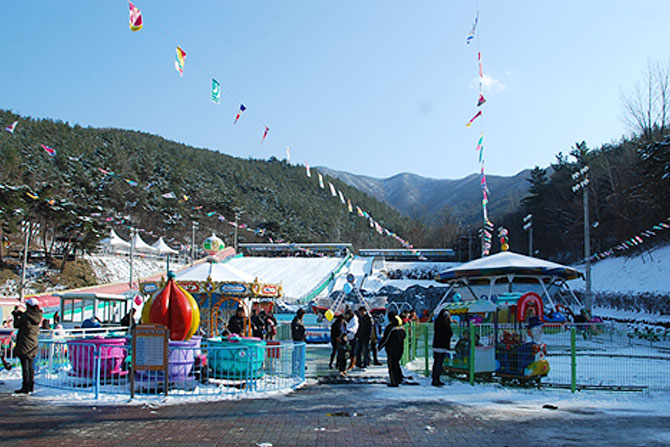
Moak Land
Opened to find new hopes in rural areas beyond just cultivating and processing, Local Land provides not only safe and healthy agricultural products, but also ample rest space and various safe experiences. There are wine spas and accommodation facilities along with grape related activities, various harvesting and processing activities.
- Tel
- 82-63-548-3001
-
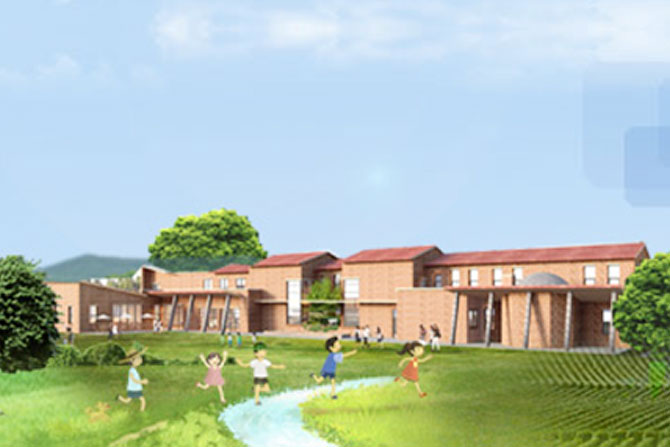
Local Land
Opened to find new hopes in rural areas beyond just cultivating and processing, Local Land provides not only safe and healthy agricultural products, but also ample rest space and various safe experiences. There are wine spas and accommodation facilities along with grape related activities, various harvesting and processing activities.
- Tel
- 82-63-545-5242
-
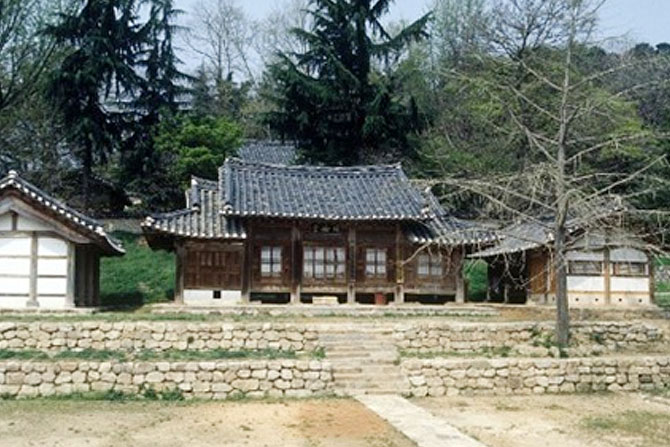
Gimje-gun Gwana and Hyanggyo
Gimje Dongheon was a government building and Nae-a was a house for the leader of Gimje village during the Joseon Dynasty. Gimje Dongheon and Nae-a form a peculiar shape that is attached back and forth. Gimje Hyanggyo refers to a national educational institution, offering rites to several saints, and education and edification of local people.
-
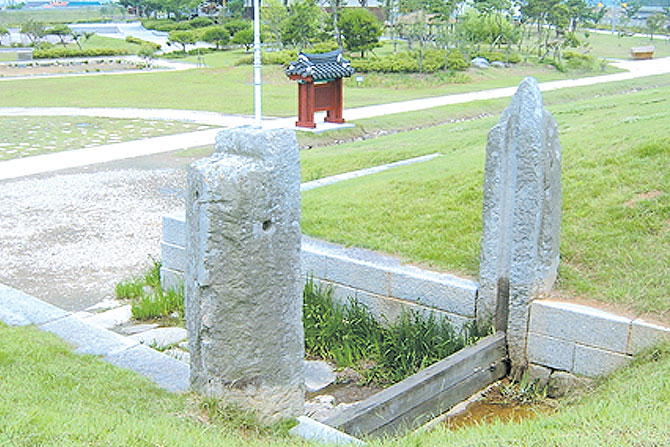
Byeokgolje Reservoir
The Historic Site No. 111, Complex, which is built around Byeokgoljebang and Byeokgoljebi, Historic Site No. 111, includes the Agricultural Culture Museum, Udo Nongak Hall, Water Flow Museum, Nongyeolsa Theme Hall, and Experience Hall. A folk play experience center has been created, adding new things to see and enjoy. It is the main venue for the Horizon Festival and is connected to the National Youth and Agricultural Life Center.
- Tel
- 82-63-540-4985
-
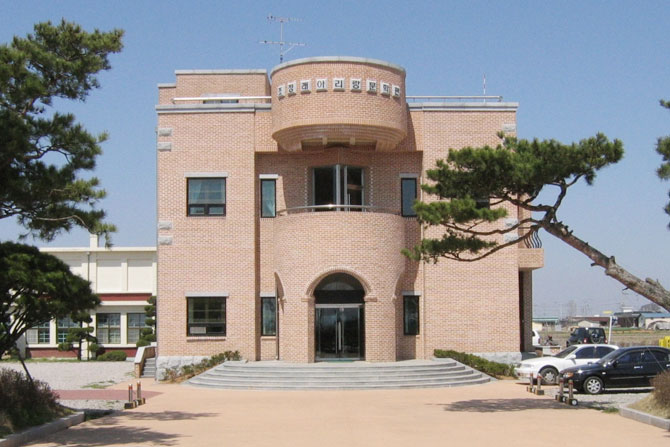
Jo Jung-Rae Arirang Literature Museum
The Arirang Literature Hall was built to re-examine the cultural history of the novel'Arirang', a novel that embodies the modern and contemporary history of the Korean people with the author Jo Jeong-rae. Various materials on Arirang's handwritten manuscript and novel'Arirang' are exhibited.
- Tel
- 82-63-540-3934
-
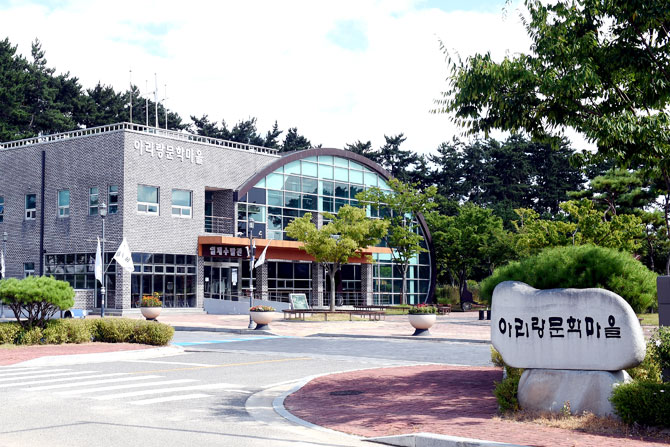
Arirang Literature Village
Arirang Literature Village is a site of history education where people can feel the sorrows and struggles of civilians, the desperate lives and souls of the people, built in the village of Oe-ri, Naechon, the origin of the novel, and is full of the theme of Arirang.
- Tel
- 82-63-540-2927
-
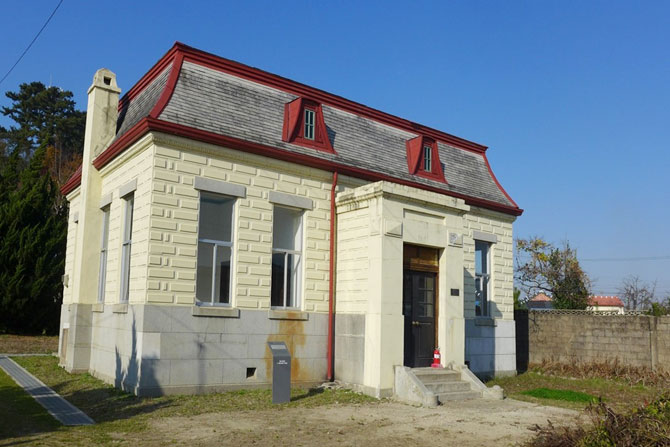
Hashimoto Farm
During the Japanese occupation, there were 9 large Japanese farms in Jeollabuk-do. Hashimoto Farm is centered on a clearing land in Seopo-ri, Juksan-myeon, Gimje-si. The farm at that time is well-preserved today. As a former interpreter during the Japanese War, Hashimoto entered Gimje with Japanese authority on his back and ran a farm. Over 20 years, he owned more than half of Juksan-myeon and served as mayor of Gimje-eup, and head of farm association and provincial assembly.
- Tel
- 82-63-540-2927
-
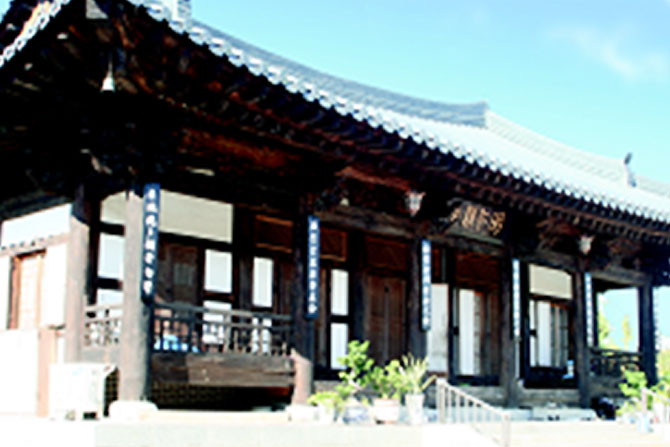
Hakseong Village School
Founded in 1926 by Kim Soo-yeon, the father of traditional Korean medicine, it was a school to focus on nurting future disciples. It is a place where traditional cultures and Korean studies were taught. It is popular among foreigners as a place of experience.
- Tel
- 82-63-544-8330
-
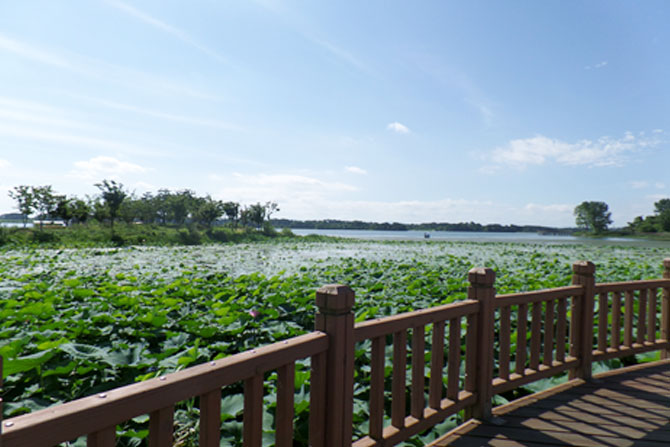
Mangyeong Neungje
It is an old reservoir recorded as neungje in the Mangyeonghyeonjo of Dongguk Yeoji Seungnam, and there is a trail to explore the lake shore.
-
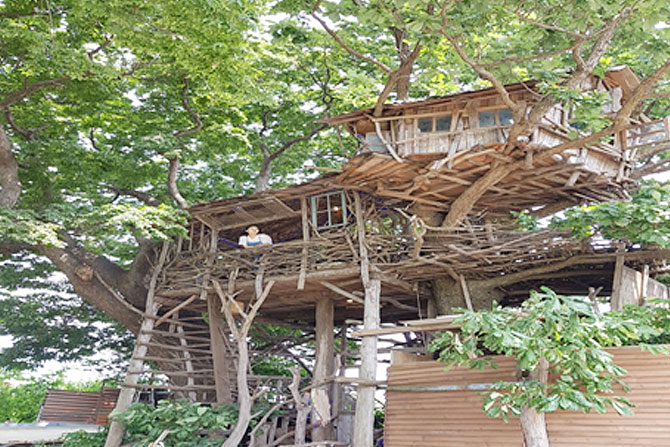
Masayuki Mizuno Tree House
It is a tree house built on a 500-year-old zelkova tree, and you can try woodwork using natural materials found in the surroundings, such as branches and pine cones.
-
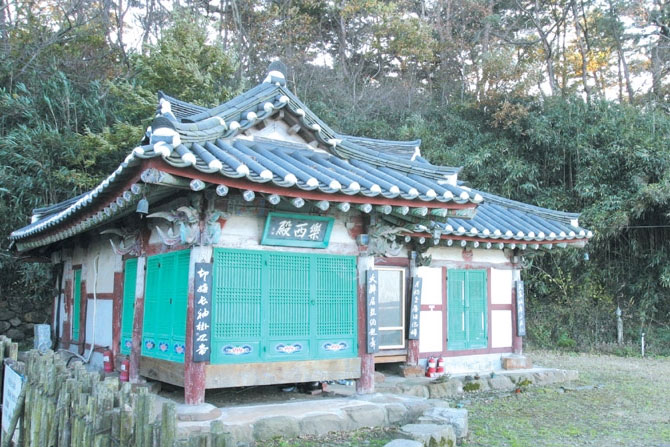
Manghaesa Temple
Founded in 1589, Manghaesa Temple is famous as the best place to enjoy the sunset on the west coast. You can see the sea and the plain at the same time at the nearby observation deck.
- Tel
- 82-63-543-3187
-
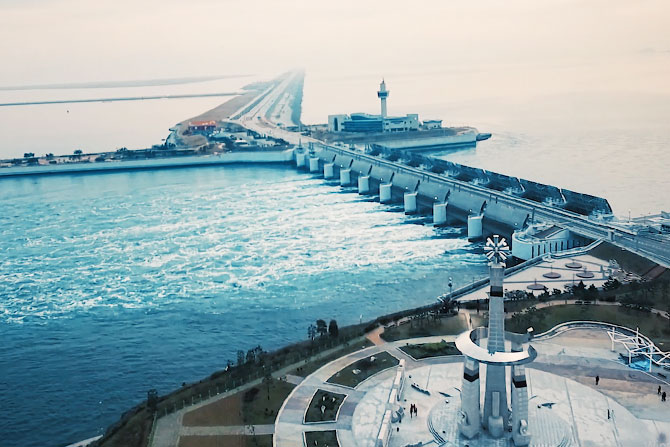
Saemangeum Seawall
It is the world's longest 33.9km seawall, and it is a costal driving route, and the Saemangeum East-West Road is open in November 2020, so it is easier and more convenient to visit Saemangeum.
-
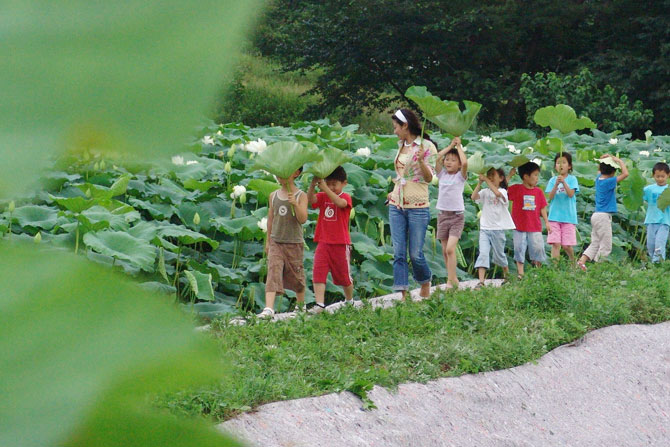
Cheongunsa Temple(Haso Wite Lotus Flower Pond)
Cheongunsa Temple is a place where the writings on the pillars and walls in pure Korean feels novel, and there is a pond of about 20,000 pyeong called Haso Baekryeonji underneath. It is also the venue of the "Haso Baekryun Festival" held from July to August.
- Tel
- 82-63-543-1248
Please get Gimje's various tourism information on Gimje City Cultural Tourism website.








